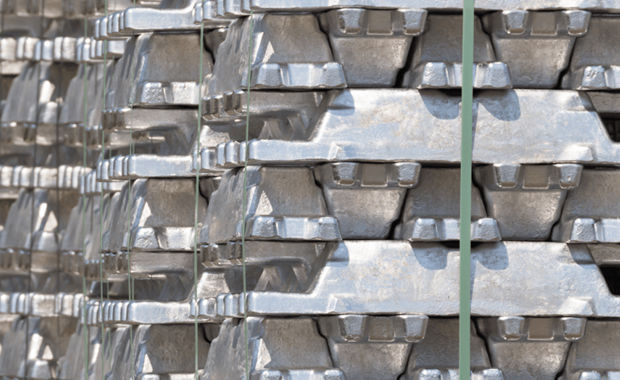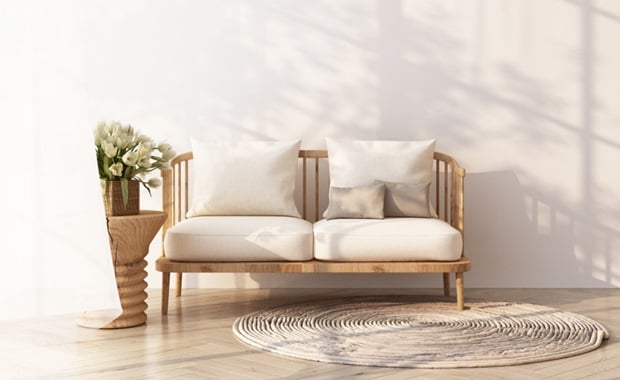 Article
Article
The Window - From the 20th to the 21st century

The window, as a construction element, is one of the most significant structural innovations that has contributed to human progress and well-being around the world. The journey to the modern window, now a fundamental element of every building, has involved many stages and countless modifications.
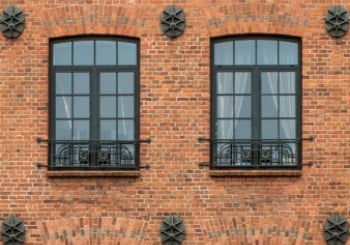

The first changes that shaped the modern window
The initial changes for the window come in the industrial sector. In the late 19th century, fire protection was becoming a priority in the design of factory facilities. Thus, the innovation of the metal-framed window emerged to meet these needs and was installed in both new buildings and older ones, replacing the wooden frames.
It is worth noting that iron windows dominated the large installations of the period, while steel was already gaining ground and was widely used by 1855, thanks to the treatment proposed by Henry Bessemer.
Developments in the 20th century
At the beginning of the 20thcentury, developments in the construction sector enabled the extensive use of large glass surfaces and the technology of the time allowed the installation of steel-framed windows, which required minimal structural width. This type of window was particularly popular as it provided ease of construction, plenty of light in factories and great durability.
In the 1910s, the window with an iron or steel frame and a glass panel divided into upper and lower parts, was prevalent in the construction of houses. The upper side of the glass usually had 4 grid squares, while the lower side had a single pane of glass.
From the 1920s onwards, the development of window and door frames was going hand in hand with the advancements in the glazing technology. Thus, glazing with increasingly smaller partitions is used, for both its aesthetic and practical properties.
In the 1930's,aluminium began to appear in window construction. It is a period when the previously dominant wood was being replaced by steel, which made a dynamic entry in the construction of frames, and aluminium as a new "player" in the arena of materials, aspired to get a market share.
The aluminium used for the constructions of that period was much thicker than today, while at the same time an effort was made to make it resemble either wooden or steel surfaces. The first building in which aluminium was extensively used is the iconic Empire State Building in New York, which was completed in 1931 and held the title of the world’s tallest skyscraper for 42 consecutive years.
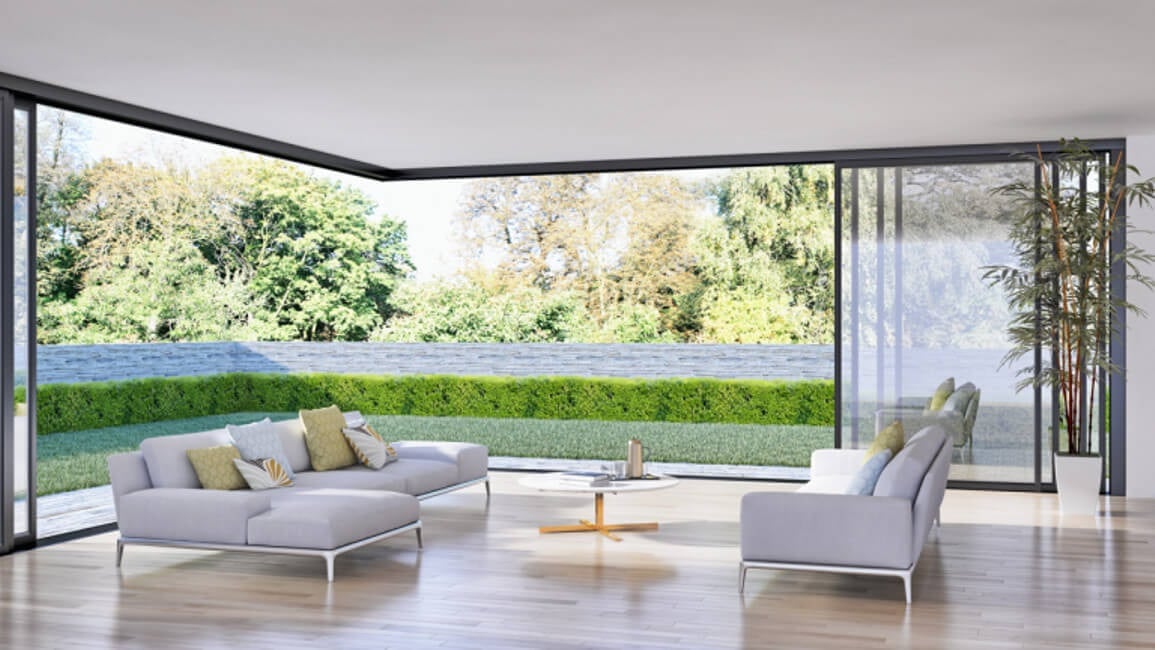
Variety of materials and new glazing technologies
Over time, developments in the field of architecture and glazing technology have led to glass panes without grids, which offer an excellent and unified aesthetic effect, while at the same time transforming the windows into gates for the entrance of natural light.
Gradually aluminium was established in construction and prevailed as the main choice of architects around the world. Its advantages are many: a 100% recyclable material, with enormous surface treatment possibilities, maximum resistance against rust and damage and, at the same time, lightweight.
Alongside aluminium, another material gained popularity in the window and door industry in the 1980s: TheuPVC. The so-called plastic frames were attractive mainly because of their low cost, but also because of the energy efficiency that plastic provided as a material. In the following decades, aluminium frames took advantage of thermal break technologies and in many cases surpassed plastic and other metal frames in terms of energy efficiency.
Achievements in the construction sector have enabled wide spans. Light is a prerequisite for any modern construction, and sliding windows that serve the need for large windows and balcony doors have become the focus of modern trends. Furthermore,sliding windows go hand in hand with urbanization, as they save space in city apartments.
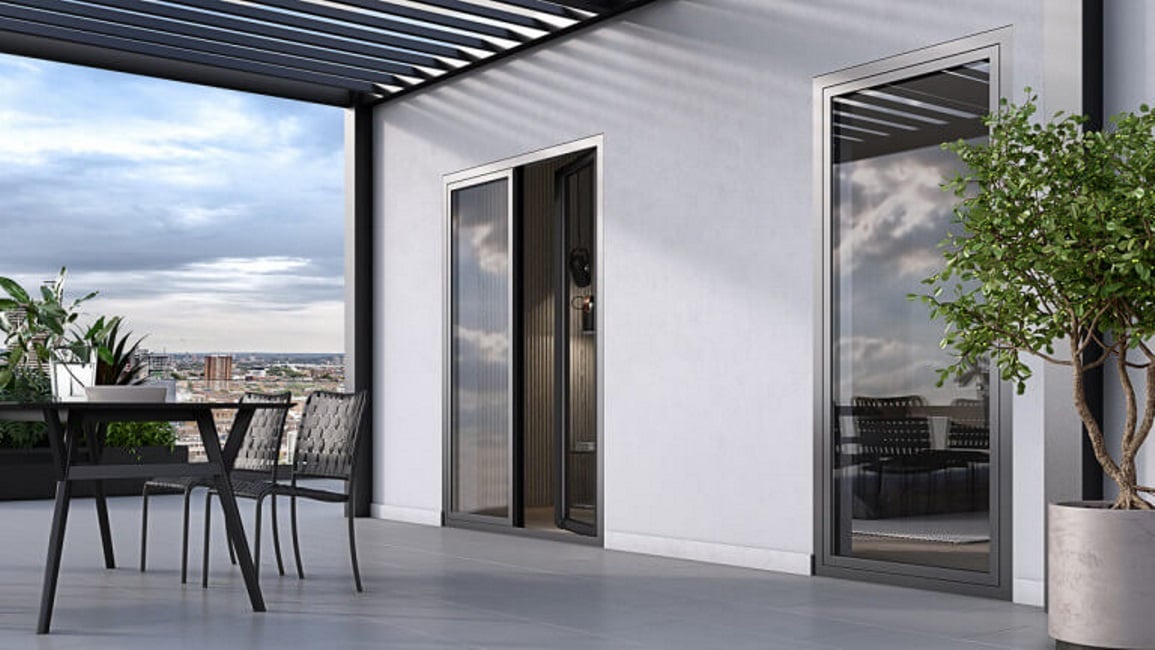
The Future of Windows is Here
During the 21st century minimalism prevails in architectural structures around the world. Windows are becoming largerand more striking while frame widths continue to shrink. The aesthetic result carries special weight, while the demand for top energy performance drives manufacturers of frames and glazing to continuously seek new technologies that will provide higher levels of thermal insulation, watertightness, sound insulation and protection against break-ins.
Modern windows are an essential part of the home, adding character to any space. With a wide variety of typologies and materials, there are many options to choose from. The stakes, however, remain firmly the same and threefold:
- protection from extreme weather conditions,
- enhanced security against burglars
- abundant natural light within the interior.
When all three of the above criteria are met, then we can confidently speak of a successful combination of quality, safety and functionality. The window remains a timeless innovation, that keeps evolving and improving our lives. Time will tell what the new changes will be and how they will affect people's daily experience.


